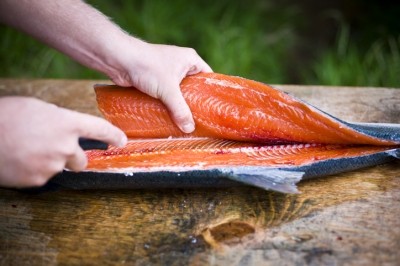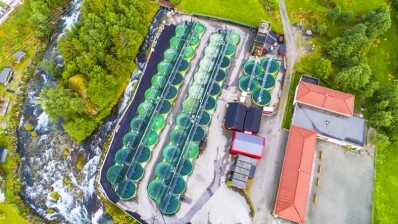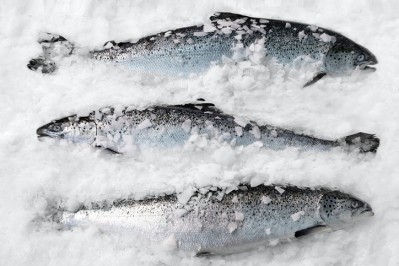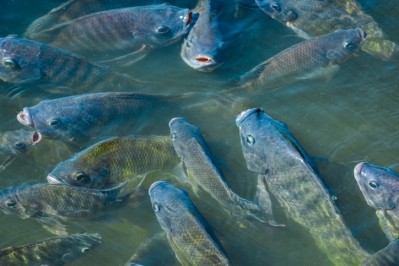special edition: aqua feed innovation
Aquaculture producer sees $100K USDA grant to feed, raise land-based oysters
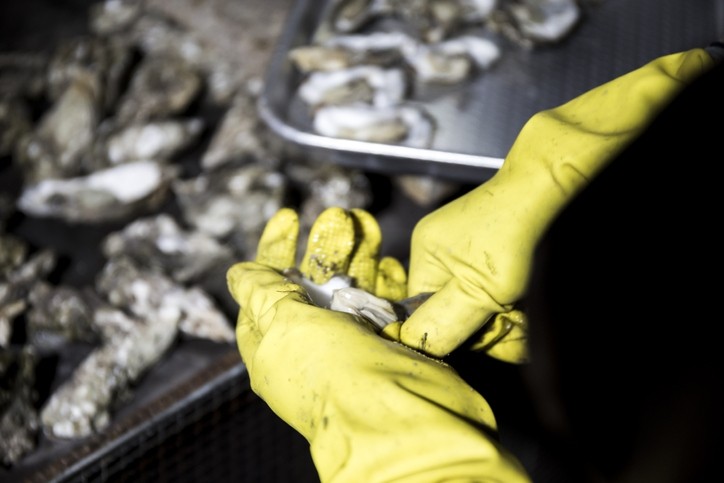
The US Department of Agriculture (USDA) awarded the company a $100,000 small business grant through the National Institute of Food and Agriculture (NIFA) program. The support is set to run from 2019 through early 2020.
Maine Shellfish Developers is growing Maine oysters using sustainable and ecologically sound technology. The company said its model can produce market size oysters year-round and insulated from major weather and environmental risks.
It intends to raise more than a million oysters annually in a 3,600 square foot building. The USDA grant comes after two years of trials.
“Two innovations are required: the development of a nutritious but inexpensive feed to substitute for expensive-to-culture live microalgae as well as novel tankage that holds large numbers of oysters in good health, measured by rapid growth – nine months from seed to market – excellent survival rates and, of course, taste,” said Tap Pryor, aquaculturist and co-founder of Maine Shellfish Developers in the grant proposal.
The company has developed a prototype oyster production system, Mark IV, said Pryor. That involves a shellfish-specific feed and “a 100% shellfish-specific recirculating system (RAS), which includes waste-to-feed recycling components – in effect a mini-ecosystem.”
“Our goal was to prove that what worked outdoors in the tropics would work as well or better indoor and even at non-coastal sites,” he told FeedNavigator. “With strong support from the Maine Technology Institute (MTI), we took the concept through 2.5 years of trials, ending with the commercial-scale Mark IV prototype.”
The development process was somewhat delayed by the need to establish a novel recirculating aquaculture system (RAS) and the discovery that “developing an inexpensive alternate feed required special processing,” he added.
Company background, development
Pryor’s work with farmed oysters started with a land-based facility in Hawaii several years ago. That project led to work with land-based and open-air oyster facilities in the Cook Islands before he relocated to the US.
“I continued experimenting with land-based trials at the University of Maine’s (UM) Center for Cooperative Aquaculture (CCAR),” he said. That led to the founding of Maine Shellfish Developers, LLC (MSD) in 2016, which is sited at the Darling Marine Center (DMC) in Walpole, Maine, a University of Maine facility dedicated to incubating aquaculture technology and business development.
“Land-based, closed containment shellfish farming lends itself to a high level of automation; oysters and surf clams, at least, do well for a few hours out of water, safe in their closed shells,” he said.
Marketing of the oysters is set to get underway soon, with production expanding from one to four tanks by mid-summer 2020, Pryor said. “We not only intend to expand at the Waldoboro Aquaculture Park in late 2021, but to take another page from the agribusiness playbook by initiating our first contract farm,” he added.
“We are innovating ways to remotely monitor and remotely adjust water quality parameters, feed densities and feed schedules from a smartphone,” he said. “Once this is finely honed, we will be able to offer contract farmers real-time technical support.”
"Another dimension to tech-support will be assisting contract farmers to include other shellfish than oysters, once we have learned to do so ourselves,” he added.
Creating a new oyster feed
There were multiple challenges that had to be addressed when creating a new feed for farmed oysters, said Pryor. Dozens of ingredients had to be checked for toxicity and palatability.
“Even if the ingredient was gobbled up, there was no certainty of a satisfactory growth rate,” he said. “Other factors limited growth – it took time to sort these out and compensate.”
The feed developed for the land-based production system is unique, he said. “It’s not that others cannot develop an oyster feed … The overarching innovation is the land-based, closed containment, non-coastal, shellfish feedlot.”
“To develop an inexpensive feed, we needed inexpensive – ideally free – ingredients,” Pryor said. “We obtain spent yeast from the Allagash Brewery in Portland and tofu residual from a plant in Rockport and, currently, we are testing lobster processing waste as well.”
“Nor have we entirely eschewed microalgae, a good source of lipids, especially in that shellfish are omnivorous, consuming both zooplankton and phytoplankton,” he added. “Some of our wastewater is used to culture phytoplankton indoors and outdoors – a simplistic form of aquaponics.”
The company has established a working feed at this stage, he said. However, the plan is to continue improving it even as the shellfish production moves toward commercialization.
The feed is currently being generated at the company’s facility, he said. However, in the future, it is set to be manufactured by Waldoboro Ocean Organics – a strategic partner for Maine Shellfish Developers.
